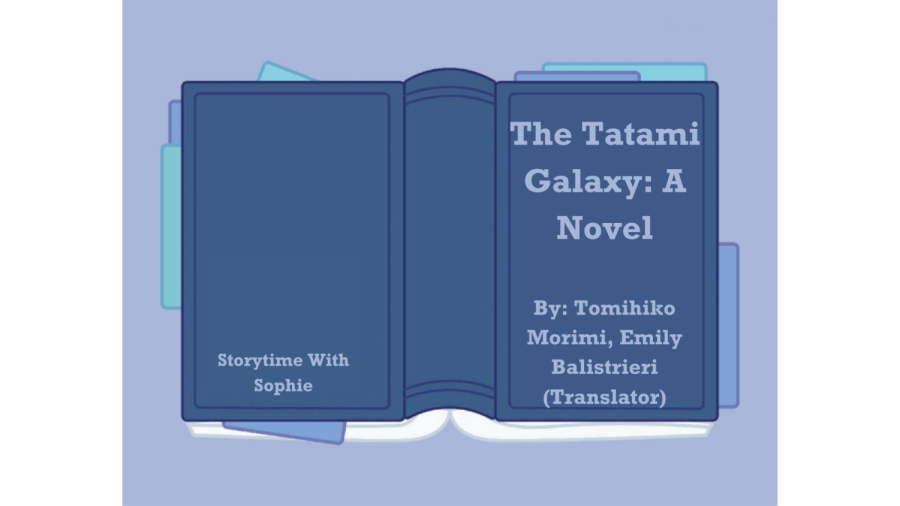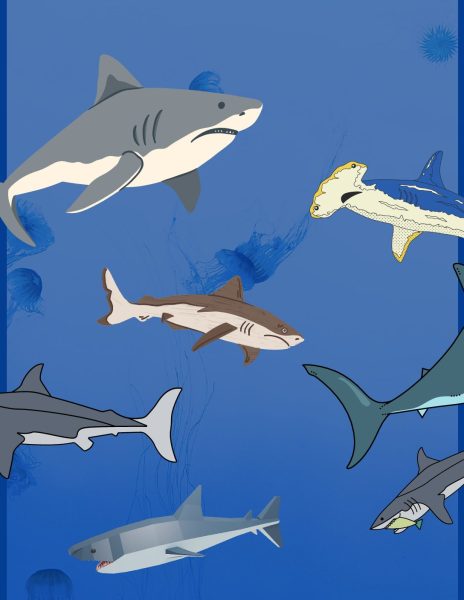Storytime with Sophie: The Tatami Galaxy
The everchanging genre of sci-fi gains a new addition, from the mind of Tomihiko Morimik. The novel, Tatami Galaxy has been released and translated since the early 2000s, but the most recent iteration was released on December 6th.
The novel corresponds with various forms of related media, such as the released 2010 ten episode animated series, and a sequel that was released in Japan initially.
The focus of the novel follows the unnamed protagonist and his adventures featuring notions of fate and ¨what-ifs.¨ When higher-power forces and time travel cross paths, the result is a thought-provoking and attention-seeking sci-fi.
The work is masterful in its attention to detail. Often scenes feel like that of a movie scene, where the reader can imagine the very specificities entailed. The most miniscule details also find their way back into the plot, forcing recollection from the reader.
A huge strength of the novel, ironically, comes from its oddness. Many of the aspects of the plot waiver on the peculiar side, with the story as a whole working to confuse the reader. The narrator jumps from story to story, culminating events of the past with his current. For example, the protagonist will be in the middle of an action, a tense moment, and mention a semi-related detail, which will then spin off to its own segment then finally switch back to the original occurrence.
This format may bother some readers, with its jumpiness and irregularity, but it suits its genre and topic material. The reader feels constantly thrusted between times and eras, unsure what and more importantly- when this is all happening.
On the topic of the narrator, the character Morimik crafts are another one of the many fascinations of the novel. Primarily the protagonist who remains unnamed for the duration of the novel, and it is never described. While all of the additional characters are described in vivacious detail, the narrator is never even designed to receive a name, and tells the reader to imagine him however they please.
The other characters are just as interestingly created, with intentional descriptions and details that add to the unique story Morimik portrays. Most, if not all of the characters are morally corrupt in some way, but this multidimensional nature allows for realistic and truly human characters.
The inclusion of Japanese culture adds another dimension to the work. With many character names and landmarks revolving around Japan, it allows for a full immersion into a culture and world that is much different to many Western readers.
The ability to translate works allows for the language barrier to be removed, and broadens the expanse of media across the oceans. This novel shows firsthand the gift of breaking the bonds on literature, and expanding one’s horizons.

Sophie Barkett is a junior at Perry High. This is her second-year writing in the newspaper, and she is the Reviews/ Opinions editor. Her beats this year...







